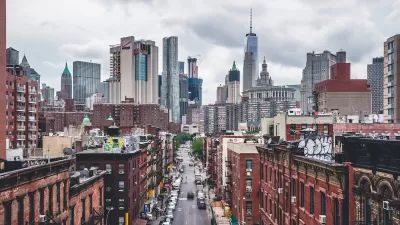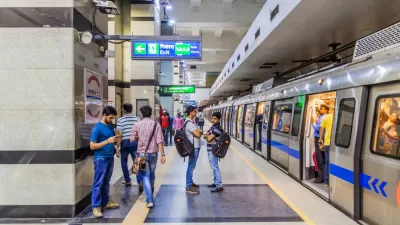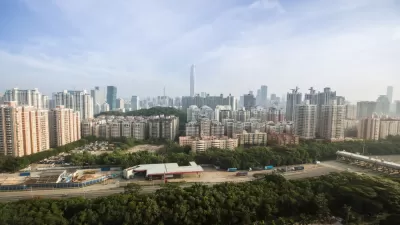Cities are undergoing major changes in terms of demographics and development patterns. How cities will react to these changes remains up in the air.
"We have more big cities now than at any time in our history. In 1900, only 16 had a population of one million; now it's more than 400. Not only are there more of them, they are larger than ever. In 1851, London had two million people. It was the largest city in the world by a long way, twice the size of Paris, its nearest rival."
"That version of London would seem like a village now. By the official definition, London has getting on for eight million people, but in practical terms, it's a city of 18 million, straggling most of the way from Ipswich to Bournemouth in an unforgiving tide of business parks and designer outlets, gated housing and logistics depots. There might be fields between them, but they are linked in a single transport system and a single economy. Those villages in Suffolk that are close enough to a railway station to deliver you to Liverpool Street in under 90 minutes are effectively as much a part of London as Croydon or Ealing and they have the house prices to prove it. The other big conurbations - from Birmingham to Manchester and Glasgow, names for cities that spread far beyond the bounds of political city limits - can be understood in the same way."
"The future of the city has suddenly become the only subject in town. It ranges from tough topics such as managing water resources, economic policy, transport planning and law enforcement to what is usually presented as the fluffier end of the scale, such as making public spaces people want to spend time in. It's about racial tolerance and civilised airports, the colour of the buses and the cost of the fares on them. Unless you have some kind of framework to make sense of all that, the city can seem to be about so many diverse things that it is about everything and nothing."
FULL STORY: Cities on the edge of chaos

Planetizen Federal Action Tracker
A weekly monitor of how Trump’s orders and actions are impacting planners and planning in America.

Restaurant Patios Were a Pandemic Win — Why Were They so Hard to Keep?
Social distancing requirements and changes in travel patterns prompted cities to pilot new uses for street and sidewalk space. Then it got complicated.

Map: Where Senate Republicans Want to Sell Your Public Lands
For public land advocates, the Senate Republicans’ proposal to sell millions of acres of public land in the West is “the biggest fight of their careers.”

Maui's Vacation Rental Debate Turns Ugly
Verbal attacks, misinformation campaigns and fistfights plague a high-stakes debate to convert thousands of vacation rentals into long-term housing.

San Francisco Suspends Traffic Calming Amidst Record Deaths
Citing “a challenging fiscal landscape,” the city will cease the program on the heels of 42 traffic deaths, including 24 pedestrians.

California Homeless Arrests, Citations Spike After Ruling
An investigation reveals that anti-homeless actions increased up to 500% after Grants Pass v. Johnson — even in cities claiming no policy change.
Urban Design for Planners 1: Software Tools
This six-course series explores essential urban design concepts using open source software and equips planners with the tools they need to participate fully in the urban design process.
Planning for Universal Design
Learn the tools for implementing Universal Design in planning regulations.
Heyer Gruel & Associates PA
JM Goldson LLC
Custer County Colorado
City of Camden Redevelopment Agency
City of Astoria
Transportation Research & Education Center (TREC) at Portland State University
Camden Redevelopment Agency
City of Claremont
Municipality of Princeton (NJ)





























